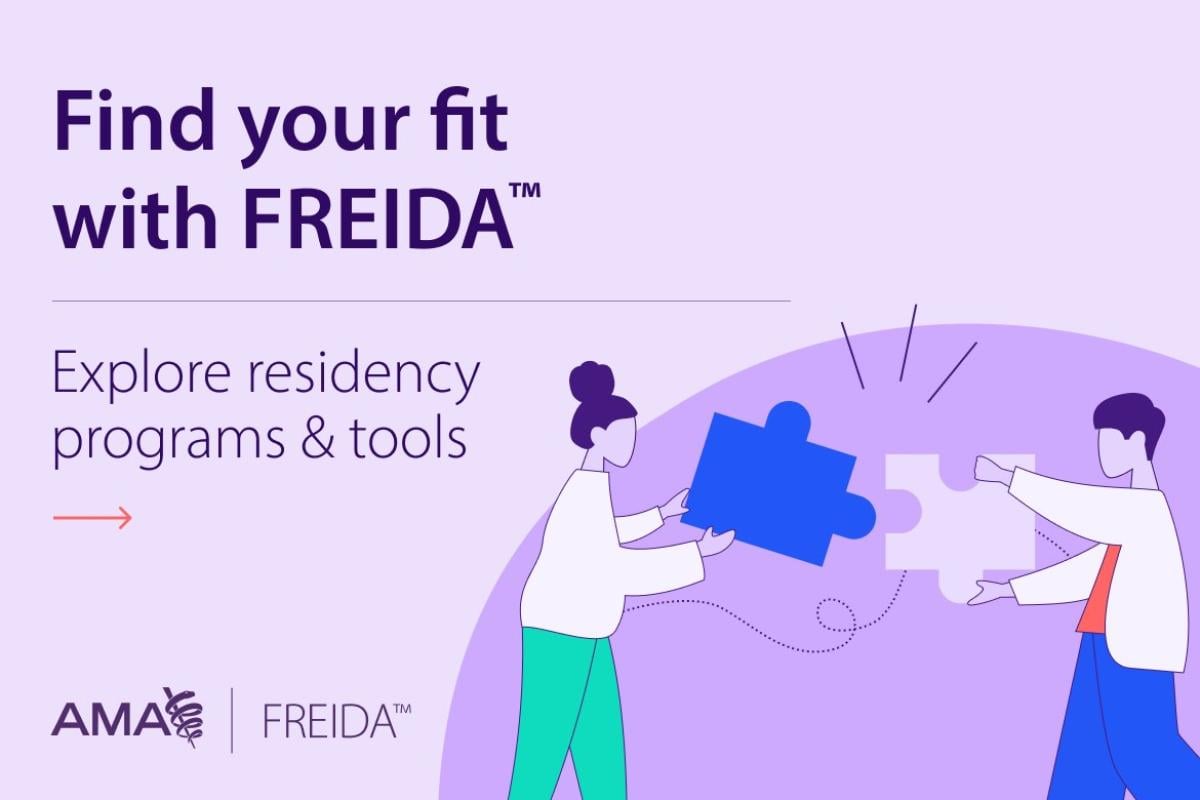- 1. Register for the USMLE
- 2. Pass the USMLE exams
- 3. Obtain valuable clinical experience in the U.S.
- 4. Register with the Association of American Medical Colleges (AAMC)
- 5. Select a residency program
- 6. Obtain ECFMG certification
- 7. Finalize documentation and submit ERAS application
- 8. Medical residency interview
- 9. Register with the National Residency Match Program (NRMP)
International medical graduates (IMG) should follow some crucial steps to enter a residency program in the U.S. These include passing the U.S. Medical Licensing Examination (USMLE) exams and submitting applications to multiple programs to increase their chances of being matched to a residency program.
1. Register for the USMLE
The Educational Commission for Foreign Medical Graduates (ECFMG,a member of Intealth) certifies the qualifications of IMG physicians before they can begin their U.S. graduate medical education or “residency” training. Students register with the ECFMG to begin the Electronic Residency Application Service (ERAS) application process.
2. Pass the USMLE exams
The USMLE is a three-step examination for medical licensure in the United States.
USMLE Step 1 examines understanding and application of the basic sciences to the practice of medicine.
The USMLE Step 2 CK exam evaluates a student’s medical foundation and the understanding of clinical science for the provision of patient care. The USMLE Step 2 CS assesses the ability to employ medical knowledge and skills in a practical, patient-oriented setting.
USMLE Step 3 is the final examination and focuses on providing patient care in an ambulatory setting. The exam can be taken before applying for IMG residency, or at the end of an internship year.
3. Obtain valuable clinical experience in the U.S.
Students may obtain clinical experience at teaching hospitals and other organizations. Some organizations may also offer clinical rotation opportunities.
4. Register with the Association of American Medical Colleges (AAMC)
The AAMC provides the centralized online service for the ERAS used for applying to residency programs through their MyERAS Portal. AAMC also offers the FindAResident program which is a year-round search tool designed to help students and residents find open residency and fellowship positions.
5. Select a residency program
FREIDA Online, the AMA Residency & Fellowship Database, is an online tool that features profiles of more than 12,000 ACGME-accredited graduate medical education training programs. Use FREIDA to quickly search and sort through fellowship and residency programs."
Once a student takes their USMLE exams, their scores will help determine competitiveness in the residency match. Doing their best will help students in the screening process which involves hundreds of U.S. residency programs in various specialties.
6. Obtain ECFMG certification
The ECFMG certification process requires various steps:
- Take USMLE Step 1 and Step 2 (CK) exams.
- Pass USMLE Step 2 (CS) clinical skills requirement. ECFMG has pathways to help with this requirement.
- Pay any outstanding charges on ECFMG financial accounts to ensure the ECFMG certificate is not delayed.
- Receive ECFMG application for certification with the USMLE/ECFMG 14 digit-ID number.
- Ensure all identifying information is correct on the ECFMG record. This is important for applying for licensure.
7. Finalize documentation and submit ERAS application
If a student has already identified those medical residency programs for which they are qualified, apply to them through ERAS and include all supporting documentation. This documentation includes a residency personal statement, ERAS Common Application Form, curriculum vitae and letters of recommendation.
A personal statement is important to present the student, in their own words, to an admissions committee.
8. Medical residency interview
After submitting their ERAS application, students may be asked to interview at one or more residency programs. This is one of the most important steps in the process.
Preparing for a medical residency interview is critical for an ERAS application. Some organizations offer mock interviews to assist with this step.
9. Register with the National Residency Match Program (NRMP)
The NRMP operates the annual Residency Match which pairs IMG residency applicants with residency and fellowship programs. The Residency Match uses “rank order lists” submitted by both applicants and residency program directors to determine how applicants and programs should be partnered.
Following residency interviews, students rank residency programs in order of preference.
The following identification numbers are REQUIRED for registration:
- USMLE® ID for U.S. MD students/graduates.
- ECFMG ID for IMG
- AOA ID and NBOME® ID for U.S. DO students/graduates.
Note: The USMLE ID is not required for IMGs, but it can be entered. It is the same as the ECFMG ID.
Students should log into ERAS and update their profile with their NRMP ID which will allow them to use the ERAS Residency Match.
Residency post-match
If they have not matched, graduates have a second chance with the post-residency Supplemental Offer and Acceptance Program (SOAP) where they can compete for the Residency Match’s unfilled, remaining positions.
Visit the IMG Toolkit page for additional resources.
Table of Contents
- 1. Register for the USMLE
- 2. Pass the USMLE exams
- 3. Obtain valuable clinical experience in the U.S.
- 4. Register with the Association of American Medical Colleges (AAMC)
- 5. Select a residency program
- 6. Obtain ECFMG certification
- 7. Finalize documentation and submit ERAS application
- 8. Medical residency interview
- 9. Register with the National Residency Match Program (NRMP)



